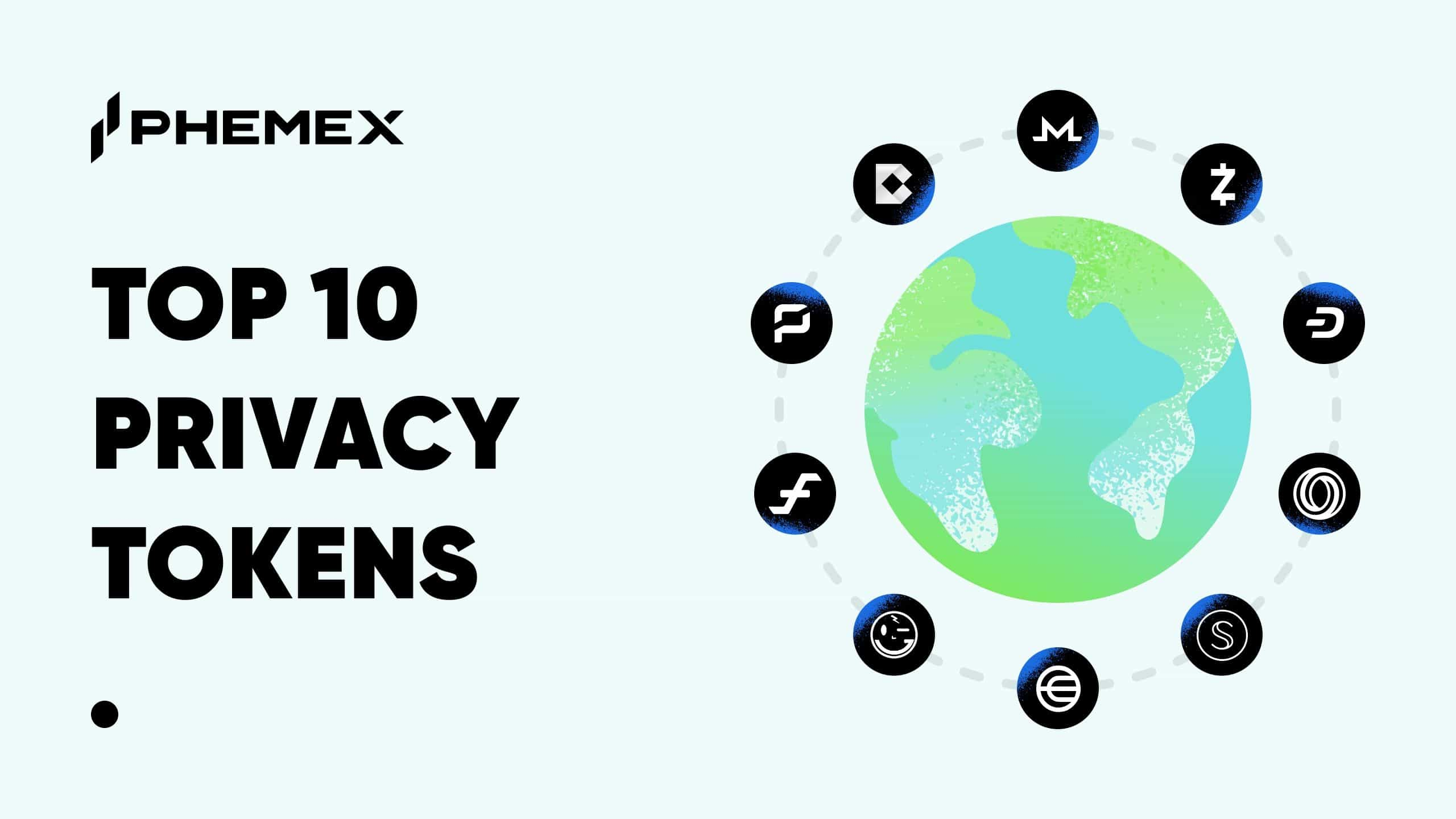
What Are Zero Day Attacks?
Zero day attacks occur when hackers exploit vulnerabilities in software or systems that haven’t been patched yet. These vulnerabilities are extremely dangerous because there’s no way to defend against them. These breaches are often considered ‘zero day’ because security teams only become aware of the attack after the vulnerability has been exploited.
Zero-day exploits are incredibly hard to detect, especially since they’re often hidden inside malicious files or embedded in seemingly harmless software. They’re also very difficult to patch even once they’ve been identified, making them perfect tools for criminals looking to steal sensitive information.
What Is An Example Of A Zero Day Attack?
Imagine someone sends you a file containing a malicious macro which opens a backdoor to your computer, allowing the attacker to access all of your data. You don’t know about this macro, and even if you somehow managed to detect it, removing it manually will likely end in deleting other crucial data. However, ignoring the file isn’t an option.
The same thing happens with zero-day attacks. Hackers use zero-day exploits to gain access to computers without anyone even knowing about the attack. Because no patch for the vulnerability has been released, hackers don’t need to worry about covering their tracks, and may even leave the malicious code running on victim machines for as long as possible.

Zero Day Vulnerabilities In Web3
Here are three more zero day attack examples that have happened in crypto and blockchain industries:
1 Parity
In July 2017, smart contract platform Parity was exploited using a zero day vulnerability, enabling hackers to siphon over $30 million worth of ETH. The attack specifically targeted multi-signature wallets storing Ether.
The exploit was discovered on June 27, but the theft wasn’t detected until August 22. The vulnerability stemmed from the Parity Wallet not properly checking whether the owner(s) of the wallet had permission to withdraw funds. This meant the attacker could send transactions from any multi-sig Parity wallet without permission.
2 CryptoKitties
In December 2017, hackers were able to steal a reported $17 million worth of ETH in just two days. The attack happened because of a programming error in the game’s code. CryptoKitties had implemented a system to allow users to transfer funds to other accounts they owned, but hadn’t created any checks to ensure the recipient actually owned both accounts.
3 MyEtherWallet
While not as severe as the above two cases, Myetherwallet.com was compromised by a zero day exploit in April 2018, resulting in a loss of about $150,000 worth of ETH. Hackers managed to exploit a bug on the website, allowing attackers to change the balance of certain addresses.
The Day After: How Zero Day Exploits Are Patched
As mentioned above, zero-day exploits are notoriously difficult to find and fix. To address this problem, security teams rapidly develop patches that mitigate the effects of the zero-day attack. Unfortunately, many companies fail to deploy their patches quickly enough, and this can have catastrophic consequences for customers exposed to the threat.
For this reason, many companies have even turned to the public, offering huge sums for taking on bug bounties and catching vulnerabilities before they can be exploited. This helps security teams stay ahead of the curve, and encourages hackers to disclose their findings for huge rewards instead of engaging in criminal activity.
While most companies will put as many resources as possible towards ensuring the safety of customer data and funds, not every company prioritizes these concerns.
4 Things to Do to Avoid Zero-day Threats
Here are a few ways you can ensure you aren’t a victim of a zero day exploit.
- Keep Your Software Updated: This may not protect you against zero day exploits, but it’s an essential foundation for greater levels of security. Software developers release new versions of their products frequently, and these releases contain fixes for known bugs and security holes. By keeping your software up to date, you at least ensure you’re protected against all known vulnerabilities.
- Use Strong Passwords: Hackers can easily break into computers secured by weak passwords. Today, password management tools are abundant and inexpensive, allowing users to instantly create complex passwords without ever having to worry about remembering them. Make sure to take advantage of these tools, or if you prefer not to, include symbols, numbers, and upper-case characters in your password, and never use the same one twice.
- Identify Phishing Emails: Phishing emails are among the most common ways hackers attempt to steal personal information. These appear to come from legitimate sources like banks or online retailers, but are actually from malicious actors trying to get you to click on a dangerous link. Make sure to check the email address and verify the domain it’s registered to before opening or interacting with a suspicious looking email. Do not click on any links or download any attached files – delete the message immediately.
- Use A VPN: A VPN creates an encrypted tunnel between your computer and the Internet. This makes it much harder for hackers to gain access to your system, preventing them from viewing or stealing your data. Many VPN services also offer additional features, including file sharing, remote desktop connections, and more.
Conclusion
Blockchain technology is well over a decade old, but it’s still in its developing stages. Entrepreneurs, developers, analysts, and financial experts from all over the world are all putting their minds together to create and implement utility and value-driven applications.
However, as more money flows into the Web3 space and security practices improve, malicious actors will inevitably continue to look for and develop advanced tools to break blockchain applications. A network’s security can be hard to quantify, especially as a retail investor, but by adhering to certain precautions and best practices, you can directly minimize the risk zero day vulnerabilities pose to you.











